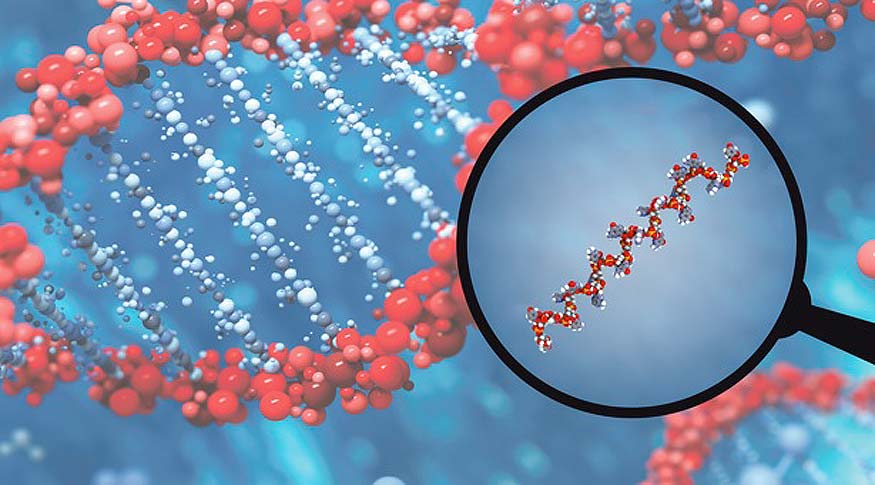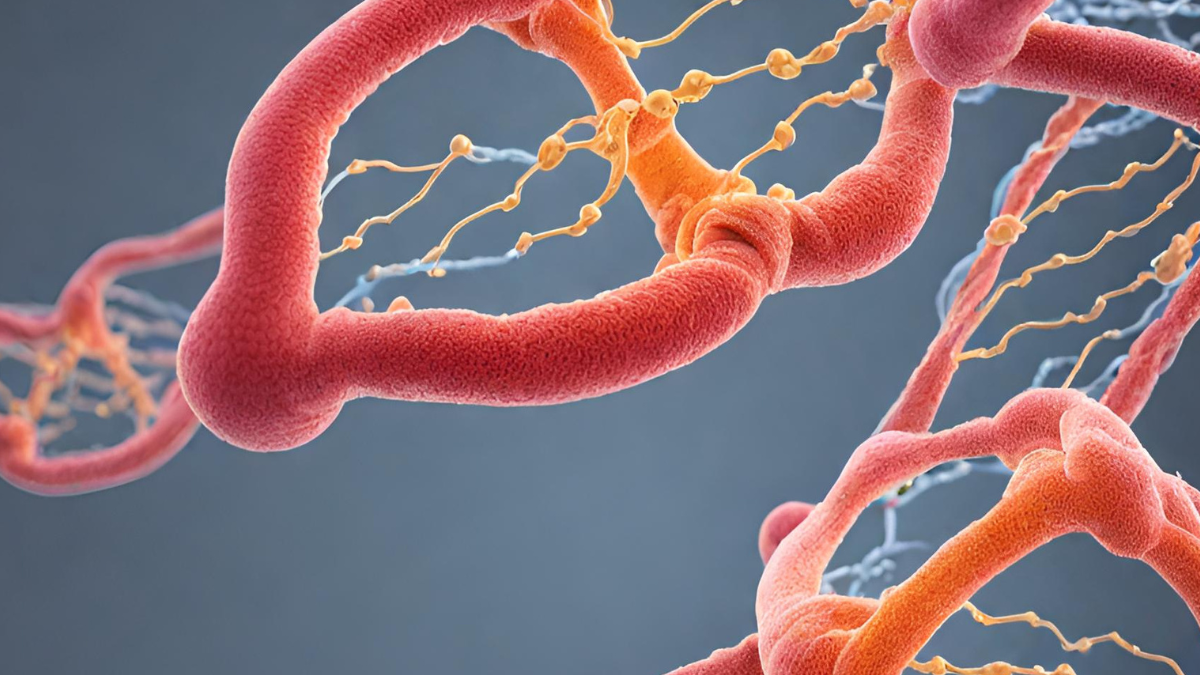Scientists have found a new method by which our DNAs can auto-generate new genes that easily cope with shifting conditions in the environment and lifestyle.

A single mutation that occurs while an error happens during the DNA replication process produces a particular palindrome sequence that reads the same back and forth. The University of Helsinki in Finland conducted a study on these sequences and found that, given the correct conditions, they may evolve into microRna (miRna) genes.
What is a MicroRna ?
Small, noncoding RNAs known as microRNAs (miRNAs) have a major impact on the regulation of genes. Many such miRna genes have been found throughout scientific history, but more recently, novel genes that arose in primates have been uncovered as a result of research explorations.
Approximately 20,000 genes that are involved in the synthesis of proteins are found in the human genome. Thousands of regulatory genes, the smallest of which encodes microRNA molecules with a length of 22 base pairs, coordinate the actions of these conventional genes. Genes are largely stable in quantity, however throughout evolution, new genes do occasionally arise. Like the beginning of biological life, scientists have always been fascinated by the formation of new genes.
Scientists call on it :
“Researchers have been captivated by the sudden appearance of novel genes”, said the bioinformatician Heli Mönttinen, also the first author of the study.
Template-switching mutations are the mistakes that make this very effective gene-creation technique possible (TSMs). The production of miRNA in the TSM is a considerably quicker process than the evolution of new functional proteins.
The project manager and bioinformatician Ari Löytynoja, said “DNA is copied one base at a time, and mutations are typically erroneous single bases, like mis-punches on a laptop keyboard.”
“We looked at a process that leads to more significant mistakes, such as copying words from another context. Cases where the text was reversed and produced a palindrome piqued our curiosity in particular.”
However, the likelihood of random base mutations gradually producing these sorts of palindromic runs is quite low, even for basic microRNA genes.
The origin of these palindromic sequences has baffled scientists. It seems that TSMs can create new microRNA genes from previously noncoding DNA sequences by quickly generating whole DNA palindromes.
The bases of neighboring palindromes in an RNA molecule can couple together to create structures that resemble hairpins. The operation of the RNA molecules depends on such configurations, according to biotechnologist Mikko Frilander.
Numerous primates and animals already have their whole genomes fully mapped. Using a specially designed computer technique, the researchers compared these genomes to determine which species possessed the microRNA palindrome pair.
During DNA replication, template swapping enables a single mutation event to produce the ideal DNA structure for a new miRNA gene. Compared to the slow and gradual modifications that may happen with individual building pieces, this is significantly more efficient.
Over 6,000 of these structures have been identified in the primate family tree, and they may have produced at least 18 novel miRNA genes in humans. That represents 26% of all miRNAs assumed to have evolved since the first apes.
These kinds of cross-species results suggest a common process for the production of miRNA genes, and the group believes the findings may also apply to other RNA genes and compounds. For novel microRNA genes, it seems to be rather simple.



